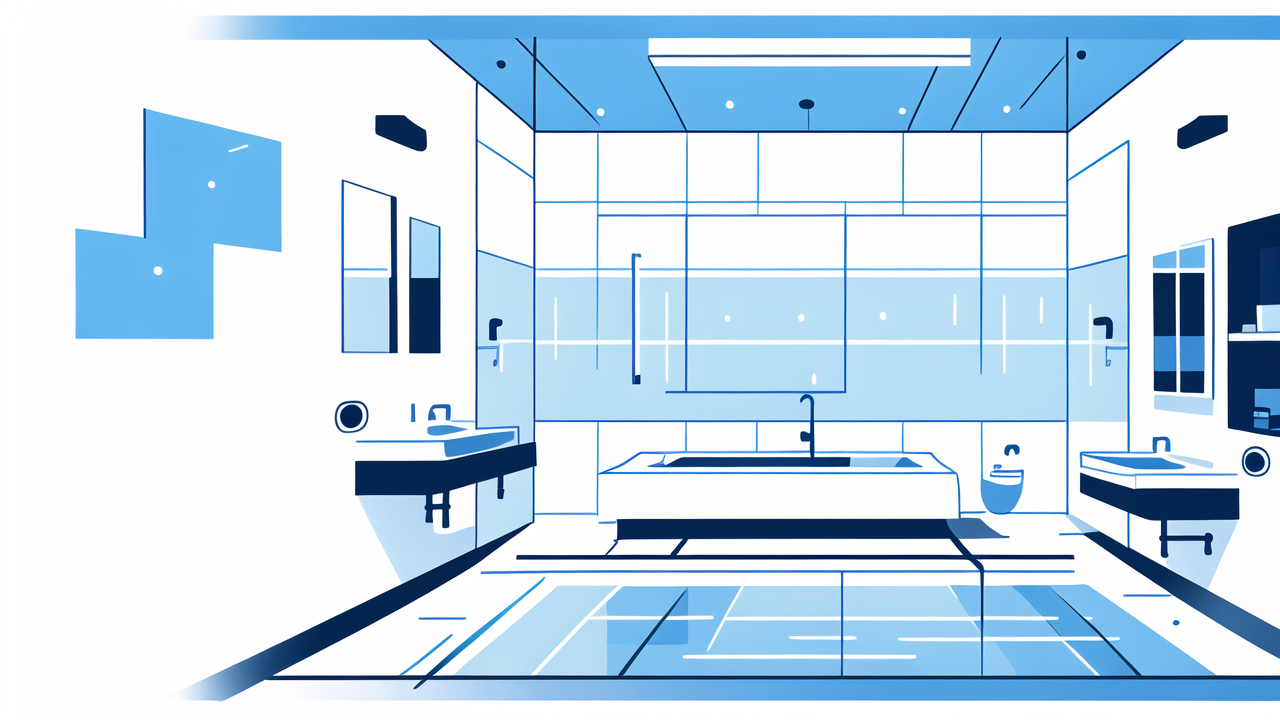
Comparing Sink Bathers and Infant Bathers: Which is Best for Your Baby?
Understanding the Different Types of Baby Bathers
What Are Sink Bathers and Infant Bathers?
Sink bathers and infant bathers are two popular options for bathing babies. Sink bathers are designed to fit in your kitchen or bathroom sink. They provide a cozy space for newborns and young infants. Infant bathers, on the other hand, are standalone units. They can be used in a bathtub or on the floor. Both types aim to make bath time safe and enjoyable for babies and parents alike.

Key Features of Sink Bathers
Sink bathers are compact and convenient. They often have these key features:
- Contoured shape to fit most sinks
- Soft, cushioned surface for baby's comfort
- Non-slip base for safety
- Built-in headrest to support baby's head and neck
- Drain plug for easy water release
Sink bathers are ideal for newborns and small infants. They keep babies in a semi-upright position, which can be comforting.
Key Features of Infant Bathers
Infant bathers are versatile and can grow with your baby. They typically offer:
- Larger size to accommodate growing babies
- Adjustable recline positions
- Removable padding for easy cleaning
- Storage pockets for bath essentials
- Non-slip feet for stability on flat surfaces
These bathers often have a more open design. This allows for easier access to clean your baby thoroughly.
How to Choose the Right Baby Bath for Your Home
Evaluating Your Bathroom Space and Water Heater Capabilities
Consider your bathroom layout when choosing a baby bath. Sink bathers require a suitable sink size. Ensure your sink is deep enough and has a flat bottom. For infant bathers, check if you have enough floor space. Also, think about storage when not in use.

Your water heater is important too. Sink bathers use less water, which is good for small water heaters. Infant bathers may need more water. Make sure your heater can provide enough warm water for a comfortable bath.
Assessing the Safety and Comfort Needs for Your Baby
Safety is paramount when bathing your baby. Look for bathers with non-slip surfaces and sturdy construction. Sink bathers should have a snug fit in your sink. Infant bathers need a wide, stable base to prevent tipping.
Comfort is also key. Choose a bather with soft, padded surfaces. Look for designs that support your baby's head and neck. Some babies prefer a more upright position, while others like to recline. Consider your baby's preferences and developmental stage.
The Importance of Ease of Use and Cleaning for Parents
As a parent, you'll appreciate a bather that's easy to use. Sink bathers often win in this category. They're at a comfortable height and require less bending. Infant bathers may require more effort, especially when used in a bathtub.
Cleaning is another factor to consider. Look for bathers with smooth surfaces and few crevices. Some have removable parts that can go in the dishwasher. This makes sanitizing easier. Choose materials that dry quickly to prevent mold and mildew growth.
The Pros and Cons of Sink Bathers and Infant Bathers
Advantages of Sink Bathers
Sink bathers offer several benefits:

- Space-saving design, ideal for small bathrooms
- Comfortable height for parents, reducing back strain
- Less water usage, saving on utility bills
- Cozy, enclosed feel that newborns often prefer
- Quick and easy setup for daily use
These features make sink bathers a popular choice for parents of newborns and young infants.
Disadvantages of Sink Bathers
However, sink bathers do have some drawbacks:
- Limited use as baby grows and becomes more active
- May not fit all sink shapes and sizes
- Less room for play and movement during bath time
- Can be slippery if not secured properly
- May require additional support for very young infants
Parents should consider these factors when deciding on a sink bather.
Advantages of Infant Bathers
Infant bathers come with their own set of benefits:
- Versatile use in bathtub or on floor
- Grows with your baby, offering longer-term use
- More space for water play and motor skill development
- Often includes storage for bath supplies
- Can be used for outdoor bathing in warm weather
These features make infant bathers a flexible option for many families.
Disadvantages of Infant Bathers
Infant bathers also have some potential downsides:
- Takes up more storage space when not in use
- May require more bending for parents, causing back strain
- Uses more water than sink bathers
- Some models can be bulky and difficult to move
- May not provide as snug a fit for very small infants
Parents should weigh these factors against their needs and preferences.
In conclusion, both sink bathers and infant bathers have their place in baby care. Your choice depends on your home setup, baby's age, and personal preferences. Some parents even opt for both types, using a sink bather for newborns and transitioning to an infant bather as the baby grows. Whatever you choose, ensure it meets safety standards and makes bath time enjoyable for you and your baby.
